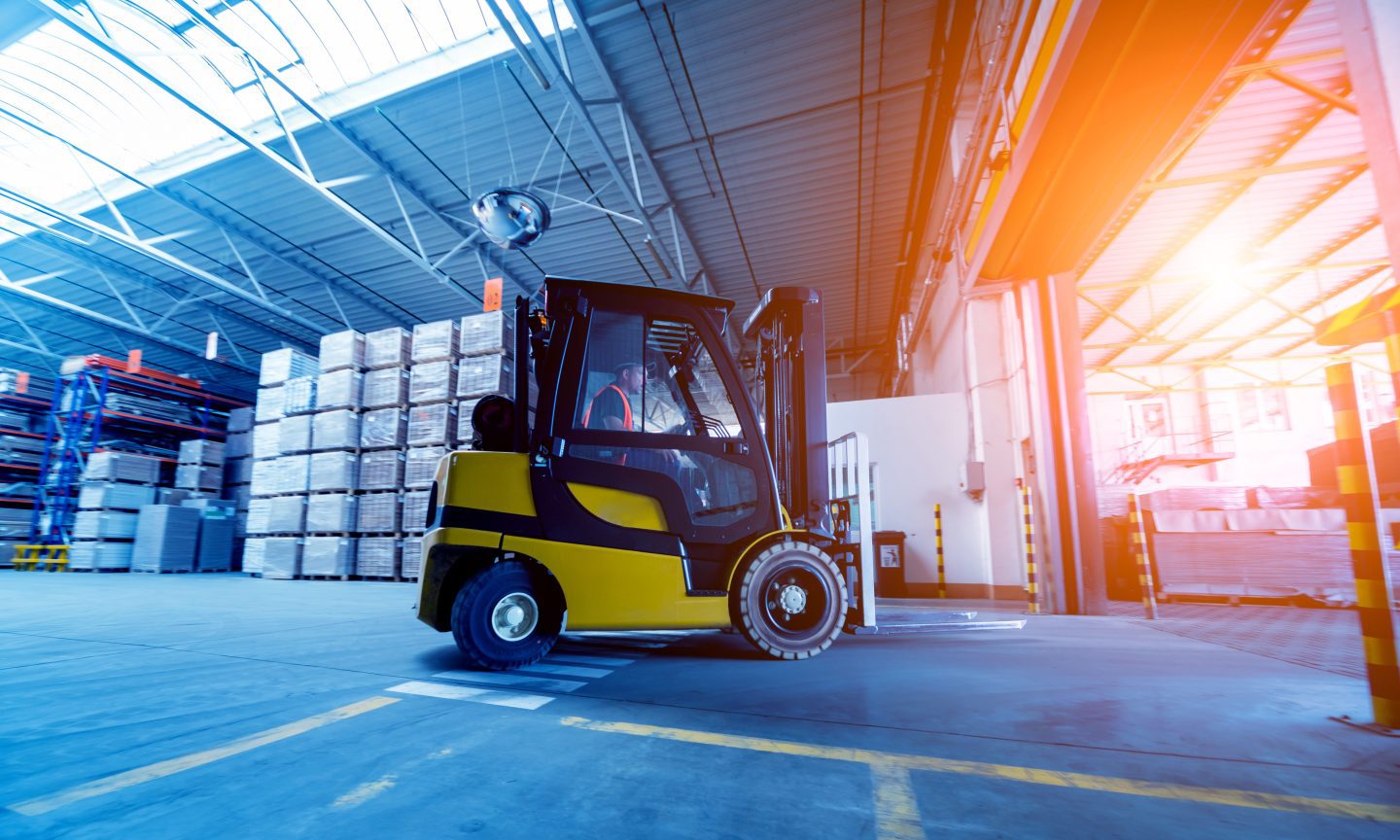IoT: Energy-optimized intralogistics for sustainability
You will learn what intralogistics is, why it’s important and how IoT benefits it with this groundbreaking collaboration.

Intralogistics is all about the movement of materials in manufacturing or logistics facilities. From forklifts and automated guided vehicles to locating tags – expending energy 24/7. Monitoring energy consumption inbound and outbound, and optimizing it in real time, is a challenge.
To monitor energy consumption, you need a flexible system, a technology stack easy and modular enough to be deployed, gathering telemetry and location data, unifying it, and aggregating in a platform to perform further analysis and provide insights. For example, how can you know the forklift’s fuel consumption at any given time, and which is the best route to optimize it? What if you had 1,000 forklifts in each of 25 distribution centers or production plants?
Thanks to a collaboration between Software AG and location-based service solutions provider Flowcate, industrial sensor and edge gateway manufacturer Sick AG, and machine maker and Real-Time Locating System (RTLS) provider TRUMPF, there is a solution!
The omlox locating standard provides unified access to locating data with its standardized APIs and provides interoperability within the ultra-wideband RTLS components from different vendors. This enables the creation of sustainable processes in manufacturing and logistics, optimizing materials flow. It is the world’s first open locating standard. Yet for this collaboration to achieve this goal, a solution must encompass a wide range, supporting real-time tracking both indoors and outdoors.
For indoor tracking, TRUMPF implemented omlox’s standardized air interface compliant interoperable ultra-wideband (UWB) system. In real time, the platform can see the movement of all mobile assets indoors.
Dual-location technology of not only forklifts, but other devices on edge or customer data centers, allows for that same vital data to be tracked beyond the shop floor. This is where Sick AG’s gateway came in to track forklifts from indoors to outdoors, pulling location and energy consumption data.
To make sense of all that data from multiple indoor and outdoor locations, centralization was key. Flowcate served as the central datahub of what Sick AG and TRUMPF provided. That hub offers a holistic overview via locating-API middleware operating in the cloud, on edge or even in hybrid setups. With this software, anyone could see the data that fences, zones and more would aggregate with ease.
The tech does not stop there. We at Software AG offered a customized Cumulocity IoT platform to take the aggregated data and conduct further analysis. The assessment determines areas of inefficiencies that can be rectified in aspects such as fuel consumption, duration of operation and other factors.
This complex collaboration is ambitious in its modular approach, but flexible and adaptive to any potential location. Hence it can apply to any distribution center, vendor or company seeking to maximize operations and productivity.
The key is in ensuring all the data aggregates and filters – like branches – to optimize material flow for several purposes, one in particular: reducing carbon footprint.
Sustainability: A key factor of success in the manufacturing and logistics industry
Having a solution that aims to reduce everything from emissions to electricity usage and more makes for a better tomorrow – all while optimizing operations and making it that much easier for production and distribution to produce and deliver to customers to receive.
FLOWCATE, SICK AG, Software AG and TRUMPF Tracking Technology present a holistic energy monitoring solution in the framework of the open locating standard – omlox. It is a perfect example of technology companies working together for the greater good!